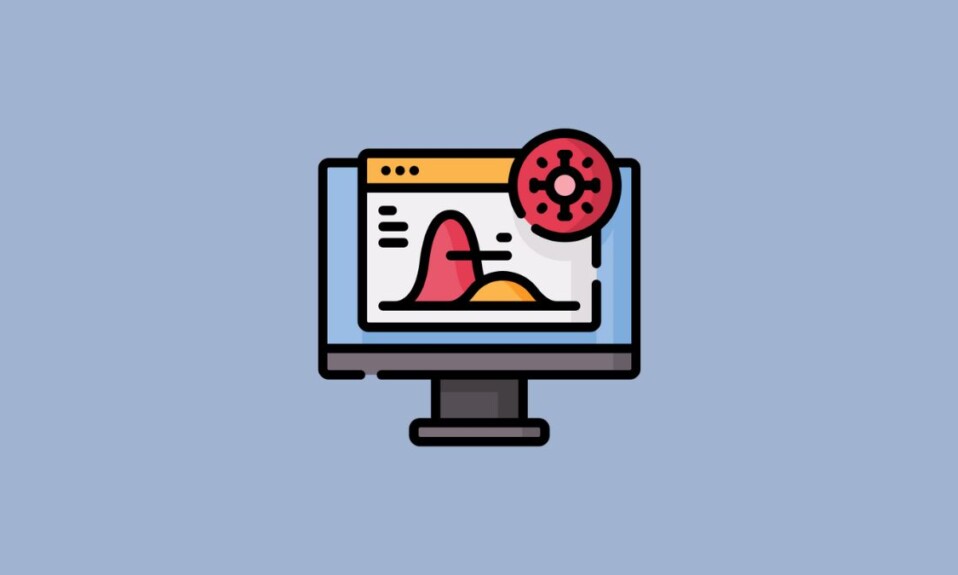
Before discussing the tips, we must understand what user flow is. User flow can be compared to a path that assists a user in accomplishing a specific goal while using an app, website, or any other product. Therefore, today we will discuss the top 7 tips for creating an effective user flow.
It’s clear that designing user flow effectively can help the audience understand the product better, leading them to provide more constructive feedback. This, in turn, will increase the popularity of your product among your customers. Additionally, the positive feedback they provide will aid you in improving the quality of your products.
Tips for Creating an Effective User Flow
From the words above, it is very clear that the creation of an effective user flow is very important and has a significant effect on your business.
Here, we have selected the top seven methods to increase the user flow after prolonged research. Let’s take a look.
1. Use of Meaningful Titles
The use of a meaningful title is the most important factor in increasing user flow. The title serves as the first point of description for a customer regarding your product. Additionally, keeping your title relevant to the product or business you provide makes it easier for customers to find your service through online searches.
For example, suppose you are a web designer tasked with creating a website for a bank to facilitate online activities. In this case, you should choose a suitable title for the website, such as “Online Banking for XYZ Bank.”
Furthermore, it’s beneficial to include sub-flows like “Opening an Account on XYZ Bank,” “Signing in to Your Account,” and “Benefits of Having an Account on XYZ Bank.” This way, any internet search related to these topics can lead customers to your designed site.
2. Mapping the User Journey
A user journey is defined as the route of online actions to be taken by the customer, which will show you different touchpoints to reach your website. This mapping helps you understand how customers interact with your website and what changes you should make to improve this engagement.
For example, from the response of the customers, you can rearrange the mapping. The mapping consists of personas, timelines, touchpoints, and engagement channels. The touchpoints are the stages where customers are requested to take a specific action to move forward through the mapping.
In other words, where customers are asked to enter the email address and password may be considered a touchpoint. The customer personas will help you understand the issues or trigger points of the consumers. The timeline determines the total time to complete the journey.
3. Identification of Entry Points
You should also be aware of the various entry points, in addition to understanding user personas and the buyer journey. Entry points are the ways through which potential customers reach your website.
An entry point could be one of the following:
- Clicking on links provided by you on social media sites like Facebook, Instagram, or WhatsApp.
- Organic searches are conducted by typing search queries into search engines.
- Accessing through advertisements provided by other websites, online forums, blogging sites, or via your paid Pay-Per-Click ads.
- Accessing via links shared by you through email.
4. Avoid Providing too Much Content
To engage more and more users, designers often create a lot of content, leading to a user overflow. Unfortunately, this often has the opposite effect on users. Overwhelming content on your website may distract or frustrate users, potentially increasing the bounce rate.
Therefore, you should minimize unnecessary visual distractions as much as possible. This list includes excessive content, graphics, flashy text, and logos. A balanced mix of images, text, and other forms of content increases user flow. Focus on the goal of your website.
5. Outline the User Flow
An outline will help you understand the design and connections of your pages. During meetings with clients or team members, design plays a key role in helping them understand the user journey.
Without a strong user outline, creating a prototype is considered a foolish decision. Therefore, you can easily understand the importance of a strong user flow outline.
6. Keep Optimizing and Testing Your Prototype
Creating different prototypes and testing them is important. One can define a prototype as the tangible variant of the user flow of your site. The preparation of a high-fidelity representation, known as the prototype, is essential.
You should test your prototype with real users. A small group of the target audience is selected. Then you create as many prototypes as possible and ask them to check your prototypes. After they check the prototypes, ask them for honest reviews.
You should also give them a set of questions regarding your website. Then go through the results carefully and identify the strong points and weak points of your website. Make the changes suggested by the users. This will change the overall scenario.
7. Break Down Large User Flow into Sub-flows
If your site engages with more and more customers, then you should consider breaking them into multiple sub-flows. By breaking down each major flow of users into sub-flows, you prevent your site from lagging.
We often see that popular websites have a high tendency to crash. This is frustrating for the visitors of the site and may lead to user bounce.
Conclusion
I have briefly discussed the user flow, its importance, and effective methods to increase engagement between you and your customers. User flow is a very powerful tool for designers as it is highly effective in yielding significant results in a short period.
Designers can easily discern how the pages need to be created and what the relationship between them should be to achieve an effective user flow on your site. So if you are still searching for ways to improve your user flow, follow my methods.









